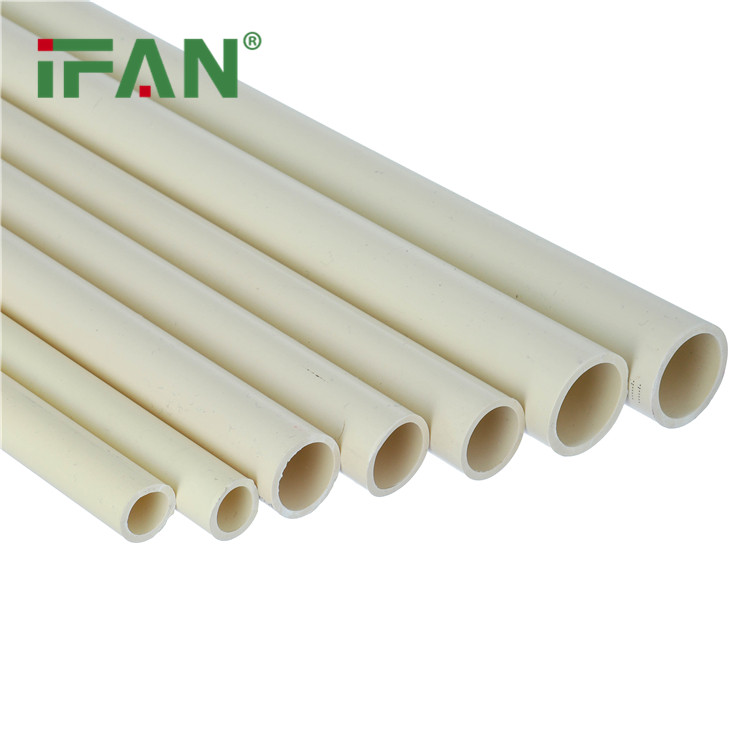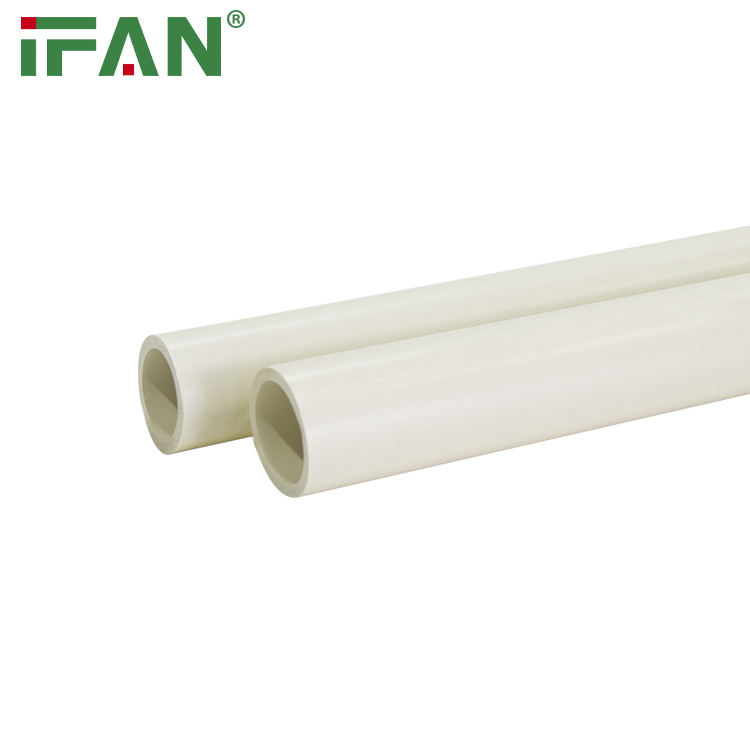PVC pipes are widely used in various applications and it is important to understand the measurements used to describe their size and dimensions. The key measurements for PVC pipes include the internal diameter, external diameter, and wall thickness.
Internal Diameter

The internal diameter refers to the innermost diameter of the pipe and is measured in millimeters (mm) for metric PVC pipes or inches for imperial PVC pipes. The internal diameter determines the flow capacity of the pipe and is an important factor in selecting the appropriate fittings and determining the flow rate of fluids through the pipe.
External Diameter
The external diameter refers to the outermost diameter of the pipe and is also measured in millimeters for metric pipes or inches for imperial pipes. The external diameter is important for fitting the pipe into connectors, fittings, or other pipes. It is crucial to ensure that the external diameter matches the fittings or connectors to ensure a proper seal and secure connection.

Wall Thickness
The wall thickness of a PVC pipe refers to the distance between the internal and external diameters and is measured in millimeters or inches. The wall thickness determines the strength and durability of the pipe and affects its pressure rating. Thicker walls provide greater strength and can handle higher pressures. The wall thickness is an important consideration when selecting PVC pipes for specific applications, especially those involving high-pressure systems.






